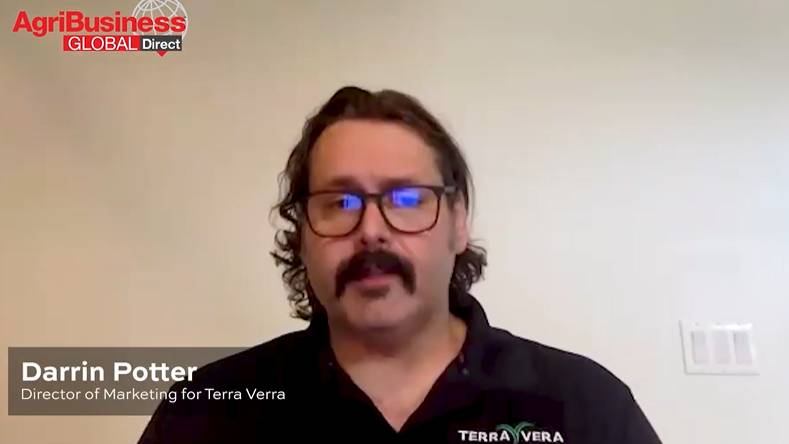Modern Agriculture Preserves Land and Livelihoods

No-till farming could save millions of lives. Soil erosion is changing more than agronomy. It is contributing to an increase in the frequency and severity of dust storms and possibly changing the climate in Africa, the Middle East and China.
Desertification is claiming hundreds of thousands of hectares of arable land per year, and burn-down practices could help alleviate a great deal of it. In many of the world’s food insecure regions, wind and water erosion are decimating arable land and creating dust bowl phenomena akin to the U.S. grain belt experience in the 1930s. Except developments today are far worse.
Huge deserts in Africa and Asia are expanding each year. This process of desertification is irreversible and could prevent these regions from being able to feed themselves if drastic steps are not taken.
One of the most crucial steps toward preserving the precious few inches of topsoil that nurture the planet is no-till farming, which relies heavily on pesticide burndown and chemical weeding. This practice allows organic material to remain in the soil, creates more efficient water management, inhibits runoff and allows farmers to reduce labor while preserving the precious few inches of the earth that sustains their livelihood and that of the community.
As we concentrate on emerging opportunities in Southern Africa in preparation for our Trade Summit in South Africa, I’m reminded of the stark contrast between agronomic systems in the region and its toll on farmers, especially small shareholders.
In South Africa, where modern agronomic systems are used, farmers are more productive, efficient and profitable than adjacent countries. No-till farming has grown notably in the past decade, and chemical weeding has grown along with it.
Without herbicides, about 50% to 70% of the labor needed to maintain a small shareholder farm is spent hand-weeding, wasting valuable labor resources that could be spent applying fertilizers or other agronomic practices that could optimize yields. Additionally, farmers often skip necessary fertility treatments to avoid feeding weeds, thereby perpetuating low yields.
Ultimately, the judicious use of herbicides on small shareholder farms could produce an additional 30 million tonnes of crops per year and alleviate the workloads of 135 million women in Africa. No-till farming could save additional labor during the crucial planting season, in addition to preserving the soil.
Africa in particular is experiencing a backlash to the implementation of agriculture technology. The escalating adoption of GMOs and other advanced seeds along with the growing reliance on glyphosate has spawned hundreds of hyperbolic opinion pieces and ill-conceived studies.
As misinformation and fear hit a fever pitch, it again falls to private industry to educate farmers and the communities they serve about the benefits of modern agriculture and the technologies they employ.
As the world eyes a critical deadline to bolster productivity to feed a growing population, it’s clear that productivity must come from developing agriculture economies. Developed economies have reached a productivity plateau, which makes the stop-gap of food aid a ticking clock.
South Africa’s Villa Crop Protection is launching a farmer education program this year. The Villa Academy will reinforce good agricultural practices, applicator safety, product stewardship and community outreach.
It could be the model that will help advance the information farmers need to feed their communities, and we are looking forward to tracking the progress of this program and others throughout the year.






